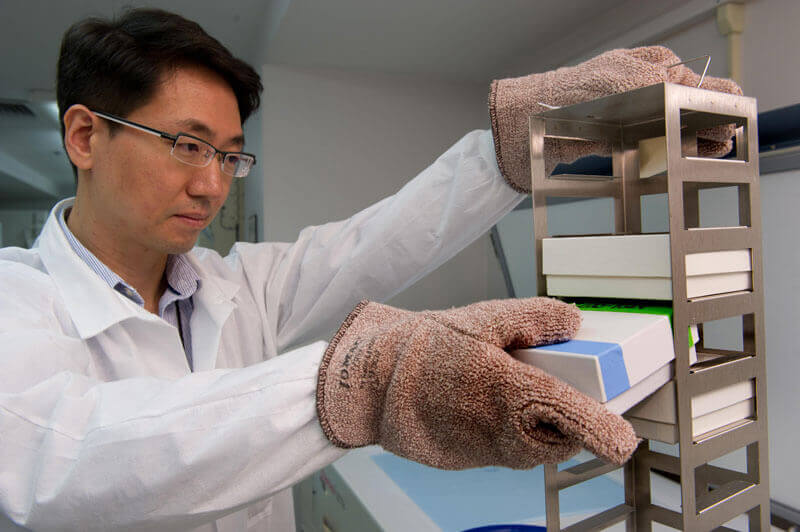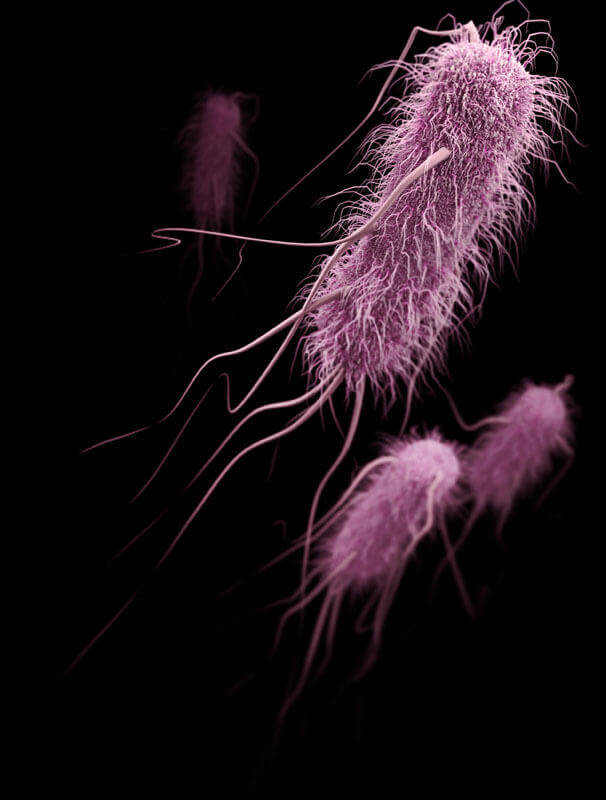Beth BellUS Centers for Diseases Control and Prevention
Dr. Beth Bell is Director of the National Center for Emerging and Zoonotic Infectious Diseases at the US Centers for Disease Control and Prevention.
 CDC microbiologist Brian Yoo prepares a panel of isolates. Photo: CDCThe threat of antibiotic resistance (AR) is a growing challenge around the world. Antibiotic-resistant germs—bacteria that no longer respond to the
drugs designed to kill them—cause more than 2 million illnesses and 23,000 deaths each year in the United States alone.
CDC microbiologist Brian Yoo prepares a panel of isolates. Photo: CDCThe threat of antibiotic resistance (AR) is a growing challenge around the world. Antibiotic-resistant germs—bacteria that no longer respond to the
drugs designed to kill them—cause more than 2 million illnesses and 23,000 deaths each year in the United States alone.
It is critical for scientists and researchers to be equipped with the right tools and the best information available to combat antibiotic resistance and improve antibiotic use. Better diagnostic tests are needed to help us characterize and identify resistant pathogens—an important component of diagnosing an infection early and accurately, and preventing spread of resistant infections. And new antibiotics are needed to more effectively treat infections with bacteria that have already developed resistance. One of the new resources available to researchers is the Antimicrobial Resistance Isolate Bank (AR Isolate Bank), which was launched in 2015 by the US Centers for Disease Control and Prevention (CDC).
 An AR isolate panel is removed from the freezer. Photo: CDC
An AR isolate panel is removed from the freezer. Photo: CDC
A collaboration between CDC and the US Food and Drug Administration (FDA), the AR Isolate Bank is a curated repository of nearly 400 unique AR pathogens pulled from CDC’s collection of more than 450,000 AR isolates and more than 18,000 characterized genomes. These curated isolate collections—called panels—provide researchers with well-characterized, resistant bacteria that can be used to develop effective and accurate next-generation diagnostics and accelerate research for new antibiotics.
 E.coli. Photo: CDC
E.coli. Photo: CDC
A timely example of the value of the AR Isolate Bank panels is its collection of E.coli isolates with the mcr-1 gene. Increasing reports of bacteria carrying mcr-1 genes have put public health experts across the globe on high alert. These genes can make bacteria containing them resistant to the crucial antibiotic colistin—a last resort drug being used to treat “nightmare bacteria” carbapenem-resistant Enterobacteriaceae. Within three weeks of identification of E.coli with the mcr-1 gene in the United States, the CDC assembled appropriate panels for the bank. Public health, industry, academic, and private labs can use these panels to calibrate their diagnostic tests so that they can ensure that bacteria carrying the mcr-1 gene are quickly and accurately identified and characterized. Findings from these calibrated tests will help public health partners ramp up targeted detection and response. The sample isolates can also help researchers build new tests to detect these types of resistance in the future—all to more quickly slow the spread of resistance.
Since the launch of the AR Isolate Bank, more than 140 customers—including academic, commercial, federal, hospital and clinic, and public health laboratories—have requested panels. CDC is collaborating with FDA to support and expand use of this resource. At this time, the isolates are only available for shipment to recognized US laboratories with confirmed biosafety officers.
The AR Isolate Bank is one small piece of CDC’s wide-ranging work to reduce the spread and impact of antibiotic resistant infections. CDC’s Antibiotic Resistance Solutions Initiative supports implementation of the surveillance, prevention, and stewardship activities outlined in the National Action Plan for Combating Antibiotic-Resistant Bacteria, which identifies critical actions to be taken by federal agencies to combat the emergence of resistant bacteria.